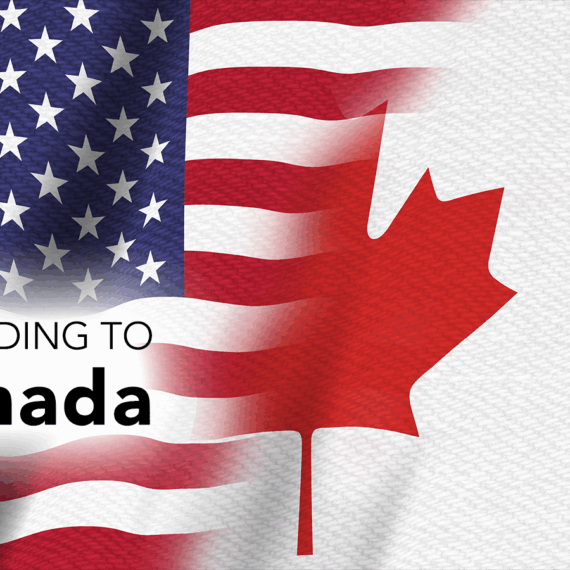-
What is the difference between a party wall and firewall?
QAI: A wall separating two adjoining buildings, each of which is capable of being a separate real-estate entity, can be described as a party wall or a firewall. However, contrary to a party wall, a firewall used to subdivide a building, or separate adjoining buildings has the capability to resist the spread of fire and has structural stability to remain intact under fire conditions for the required fire-rated time. A firewall is constructed with non-combustible materials that has a fire resistance rating as prescribed in the Code and extends from the ground continuously through all storeys of a building or buildings. Both are defined terms in Article 1.4.1.2 division A of the Building Code.
-
When is it a firewall and when is it a party wall?
QAI: Any party wall on a property line shall be constructed as a firewall except for buildings of residential occupancy as described in Article 9.10.1.2. It states that when there is no dwelling unit above another dwelling unit, a party wall on the properly line need not be constructed as a firewall, provided it is constructed as a fire separation having not less than a 1-hr fire resistance rating.
-
Does the design require P. Eng. to sign off?
QAI: Where firewalls are used, the requirements in Part 3 shall apply and the design shall be signed off by a registered professional. Professional engineers and registered architects are considered as registered professionals. For Part 9 structures firewalls may be designed and built per Appendix D, or as tested to ULC S101, or as designed by a P. Eng. For engineered structures, the firewalls may be designed and built per Appendix D or as tested to ULC S101; however, an engineer takes responsibility for design and construction of the building including the firewalls. The manufacturer would first need to determine if a firewall is required for their project. If a firewall is needed, the design would need to comply with Part 3 and depending on the occupancy type, the fire-resistance rating of the firewall may vary. All firewalls shall be of non-combustible construction and may be designed and built per Appendix D, or as tested to ULC S101, or as designed by a P. Eng. Please contact QAI, fbsadmin@qai.org, to learn more about how to approve your firewall assembly to “ULC S101 Standard Methods of Fire Endurance Tests of Building Construction and Materials”.








 USA
USA  Canada
Canada  Europe
Europe  China
China  S Korea
S Korea